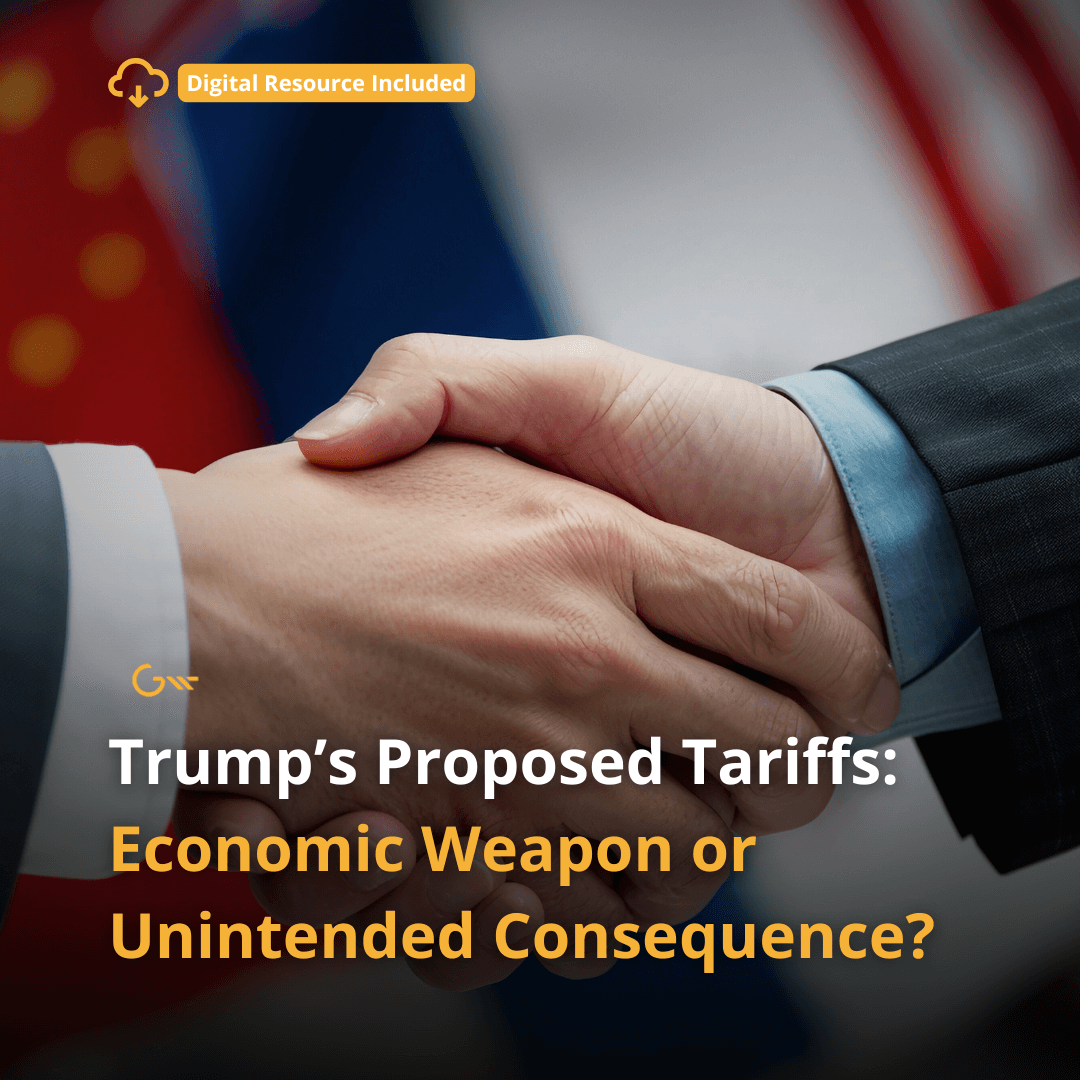“This Time it’s Different.”
The markets have given us a lot to digest lately. From shifting tariffs under the Trump administration to Elon Musk’s influence on the rise (and rollercoaster) of DOGE, plus rapid changes in federal policies—uncertainty has been the dominant theme. And if there’s one thing markets hate, it’s uncertainty. But while the headlines may suggest that “this time is different,” we’re reminded again that history often tells a reassuringly familiar story: this too shall pass.
The Uncertainty Factor
We’re seeing how quickly investors react to potential trade wars, personnel shifts, and talks of cutting wasteful or fraudulent spending. When so many unknowns hit at once, markets struggle to price it all in. Yet history reminds us that markets have weathered many storms before.
When COVID-19 first struck, markets plummeted before recovering in record time. That tells us something about how investor psychology works: once the most severe unknowns become known—even if they’re negative—markets tend to re-price and move on.
A Look at Recent Volatility
In order to put the current volatility in context, consider the COVID-19 crash.
- Worst days since 2020:
- March 16, 2020: -11.98%
- March 12, 2020: -9.51%
- March 9, 2020: -7.60%
- Best days since 2020:
- March 24, 2020: +9.38%
- March 13, 2020: +9.29%
- March 26, 2020: +6.24%
In just 33 days, from February 19 to March 23, 2020, the S&P 500 fell 33.9%—a truly historic plunge. Yet, by August 18, 2020, barely six months later, the index had fully rebounded, even though the world was far from normal.
What changed? By March 23, the uncertainty about global shutdowns was, to some degree, factored in. The market had enough information to price the situation and begin its climb.
Perspective Through History
Since 1980, the S&P 500 has had an average intra-year drop of 14%. That means, in any given year, you can expect some sharp swings. Despite these drawdowns, the index still finished positive in 34 of the last 45 years.
Yes, tariffs can rattle short-term confidence. Yes, DOGE hype can come and go. Yes, federal cuts can spark anxiety. But these are just the latest in a long history of events that cause market volatility. Historically, markets have proved resilient in the face of everything from recessions to pandemics and they tend to reward disciplined investors over time.
The Power of Diversification
The current landscape also underscores why diversification is critical.
- International holdings are significantly outperforming U.S. stocks this year.
- Value stocks have been outpacing growth stocks.
- Fixed income offers yields comfortably in the 4% range, providing stability amid the market’s daily fluctuations.
If you’re only invested in a narrow slice of the market, you feel every bump. A well-diversified portfolio, on the other hand, can help cushion the ride when uncertainty hits.
Staying Disciplined in Uncertain Times
As the news cycle churns, it’s easy to think, “This time is different.” But if recent history has taught us anything, it’s that overreacting to short-term market swings can often do more harm than good.
- Volatility is part of the investing journey.
- Uncertainty is inevitable.
- Long-term perspective usually wins the day.
Whether the market is panicking over tariffs, new technologies, or dramatic fiscal changes, remember that reacting out of fear can lock in losses and undermine the very reason we invest: to grow our wealth over time.
The Bottom Line
Market uncertainty is never comfortable, but it’s not new. We’ve seen swift downturns before, and we’ll see them again. Historically, markets reward those who stay focused on their goals rather than getting caught up in the headlines.
When uncertainty is high, it helps to revisit your investment plan, lean on diversification, and keep a steady hand on the wheel. While the players and policies may change from one administration to the next, what remains is the market’s ability to adapt and recover, often more quickly than we expect.
In other words: this too shall pass.
Important Disclosures:
The opinions voiced in this material are for general information only and are not intended to provide specific advice or recommendations for any individual. All performance referenced is historical and is no guarantee of future results. All indices are unmanaged and may not be invested into directly.
Investing involves risk including loss of principal. No strategy assures success or protects against loss.
The economic forecasts set forth in this material may not develop as predicted and there can be no guarantee that strategies promoted will be successful.
There is no guarantee that a diversified portfolio will enhance overall returns or outperform a non-diversified portfolio. Diversification does not protect against market risk.
The S&P 500 Index is a capitalization-weighted index of 500 stocks designed to measure performance of the broad domestic economy through changes in the aggregate market value of 500 stocks representing all major industries.
Securities and advisory services offered through LPL Financial, a registered investment advisor, Member FINRA & SIPC.




